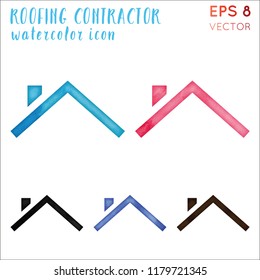When you're choosing paint shades, it's easy to ignore how illumination can change your options. Natural light shifts throughout the day, and the sort of man-made lighting you make use of can either improve or silence the tones you have actually chosen. You may discover that a shade looks dynamic in one setup however boring in an additional. To ensure your paint options absolutely resonate with your space, you'll need to take into consideration these lighting elements carefully. So, exactly how do you check shades effectively in varying light problems? Recognizing this can lead you to the best combination for your home.
Understanding All-natural Light
When you consider just how natural light influences your space, consider its instructions and strength. The method sunshine enters an area can drastically alter the assumption of paint colors. For example, north-facing home windows provide a cooler, softer light, which can make warmer shades show up more lively. Conversely, south-facing windows bring in bright, cozy light that can rinse cooler tones, making them look boring.
Take notice of the moment of day, as well. Early morning light has a various high quality compared to late afternoon light. Morning sun is typically softer, while mid-day light can be harsher, affecting just how you perceive your selected paint shade.
In addition, the intensity of all-natural light modifications with the periods. During summer, rooms may feel brighter and extra saturated, while wintertime light can be much more muted.
To absolutely understand just how natural light impacts your paint options, examination your shades in numerous lighting conditions. Repaint little swatches on your wall surfaces and observe how they transform throughout the day.
This way, you'll guarantee your picked colors reverberate with the all-natural light your room obtains, producing a harmonious setting that you'll enjoy.
Effect of Artificial Lighting
Natural light isn't the only variable influencing your paint choices; synthetic lights plays a considerable function, too. The type of man-made lights you make use of can drastically change just how a paint color shows up in your space.
For example, warm, incandescent light bulbs can enhance cozy shades, making them look richer and more inviting. On the other hand, amazing fluorescent lights could wash out those very same shades, making them show up boring and even gray.
When you're picking paint colors, consider the type of fabricated lights present in the area. LED lights, for instance, are offered in various color temperatures, and they can either brighten up your picked shades or create a stark contrast that mightn't suit your style vision.
You'll intend to examine your paint colors under the particular lights conditions you'll have in your home.
Additionally, think of the strength of your fabricated lights. Intense, direct illumination can wash out softer shades, while dim illumination can make darker tones really feel much heavier.
Color Samples in Different Lights
Recognizing just how paint colors look in various lights is critical for making the appropriate option for your room. When you choose color samples, it's essential to view them under the lights problems they'll remain in. All-natural daylight, fabricated light, and even the moment of day can substantially alter exactly how a color appears.
Start by examining your examples in the area where you prepare to paint. Observe exactly how the shades alter throughout the day. As an example, a warm beige might look inviting in the early morning sunlight yet appear dull under fluorescent lights. If you have huge home windows, think about exactly how the angle of the sunlight influences the shade throughout the day.
Next off, don't neglect to check your samples with artificial lights. If your area largely utilizes LED light bulbs, make sure to assess how those colors show up in that specific light.
Lastly, consider utilizing numerous samples. Repaint examples on the wall surface and analyze them at various times. In this manner, you'll get a true feeling of just how the shade communicates with your area, guaranteeing you decide you'll love for many years to find.
Conclusion
To conclude, understanding how illumination affects your paint choices is crucial for achieving the best look in your room. By evaluating mouse click the following website page in both natural and artificial light, you can see how colors shift and engage with your atmosphere. Do not hurry the process; take your time to observe how light adjustments throughout the day. By doing this, you'll guarantee your last option complements your home magnificently, developing an unified atmosphere that mirrors your design.
